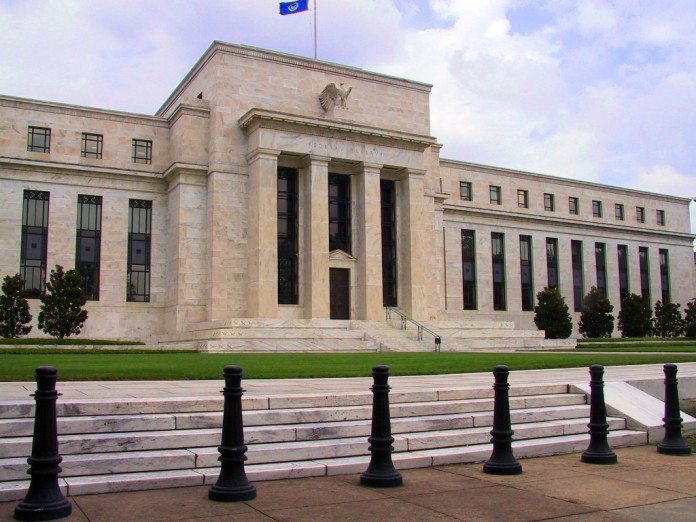January was a volatile month in the biotech space, with a host of data releases and FDA decisions dominating sentiment. Things aren’t about to slow down, however. We’ve got plenty of potential catalysts to loo forward to during February – here are two dates to keep an eye on, and why.
Click Here For More Market Exclusive Updates & Analysis
Telesta Therapeutics Inc. (OTCMKTS:BNHLF)
Telesta shareholders have had a rough time as late. The company has developed a treatment for non-muscle invasive bladder cancer (NMIBC) called MCNA. It’s a space that desperately needs updating – no new therapies have been approved since the late 80s – and the current SOC (for patients that are not responsive to first line) is an invasive, painful surgery that removes the bladder.
The drug is a nucleic acid complex formed by breaking down a type of bacteria called Mycobacterium phlei. When broken down, and introduced to the bloodstream, it stimulates the immune system into forming a resistance to bladder cancer cells, both in terms of destroying the already present cells and – concurrently – inhibiting proliferation (at least, Telesta hypothesizes).
The company submitted a Biologics License Application (BLA) back in June last year, and the FDA subsequently approved the BLA for a six-month priority review, giving a PDUFA date of February 27, 2016.
Things aren’t straightforward, however. In the trial on which the BLA is based the drug achieved overall disease-free survival (DFS) rate at 1 year and 2 years of 25% and 19%, respectively – not a great response. To compound this, the FDA set up an advisory panel, and the panel slammed MCNA in its report. Only six of the 24 members of the panel voted for approval, and all the others voted against it (no abstainees), when asked:
Does MCNA have an overall favorable benefit-risk profile for the treatment of non-muscle invasive bladder cancer at high risk of recurrence or progression in adult patients who failed prior BCG immunotherapy, e.g., in patients who are BCG-refractory or BCG-relapsing?
Of course, the FDA doesn’t have to take the same stance as the panel, but it doesn’t bode well for Telesta. Chances of approval look slim, and if the FDA doesn’t outright decline the drug, it will likely at best require further trials, which will add cost to an already inflated development bill. The company had a little over $40 million cash and equivalents at last count (September 30, 2015) on its balance sheet, so near term it should be able to bear these costs, but it may need a capital raise going forward to fund further development.
For the speculative, risk tolerant trader, a short position in Telesta could be a nice short term allocation.
At the end of January, MediWound announced its intentions to report data from its ongoing phase II in its lead development program – EscharEx. The treatment is targeting the removal of what’s called eschar in burn victims. Eschar is the dead skin that farms and flakes at the site of a burn in humans. It’s already approved in Europe, and, is currently in a host of trials across the US for a range of indications – burns, insect bites, hard to heal wounds etc. This latter indication has just wrapped up a phase II, and MediWound has promised us the topline data from the trial in – and to quote the company’s CEO – very early February.
We take this to mean sometime over the next few days, and with the treatment already approved in Europe, chances are we will get a positive release. Nothing is confirmed, of course, but it’s as close to a sure thing as we get in the biotech space. That said, it’s still a risky allocation. The company generated very little revenues from its current approvals (circa $200,000 a quarter) and last quarter netted a loss of $7.8 million. There’s not a huge market for its product, it will likely have to expand into other areas if it is to operate profitably going forward. This isn’t unusual in biotech – expanded indications can quickly double or triple a treatments potential – but it’s something to keep in mind if considering an exposure.
So there we go. Two small caps with upcoming catalysts on the opposite ends of the prospect-scale. Keep an eye on the filings page at the SEDAR for Telesta here and MediWound at the SEC here to stay updated.














